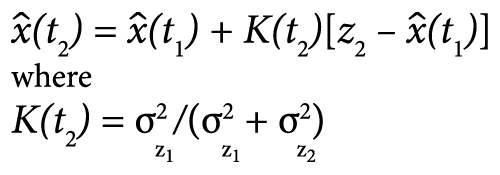Single Versus Multiple

Dr. Kyle O’Keefe, University of Calgary
In the beginning, there was just one GNSS — the Global Positioning System — and just one fully available signal on the L1 frequency.
Eventually, some clever scientists discovered how to exploit certain characteristics of the encrypted L2 signal to come up with so-called codeless and semi-codeless techniques that enabled dual-frequency positioning. This hastened the development of user equipment that used the carrier phase of signals as well as the code to deliver high-precision results.
By Inside GNSS












